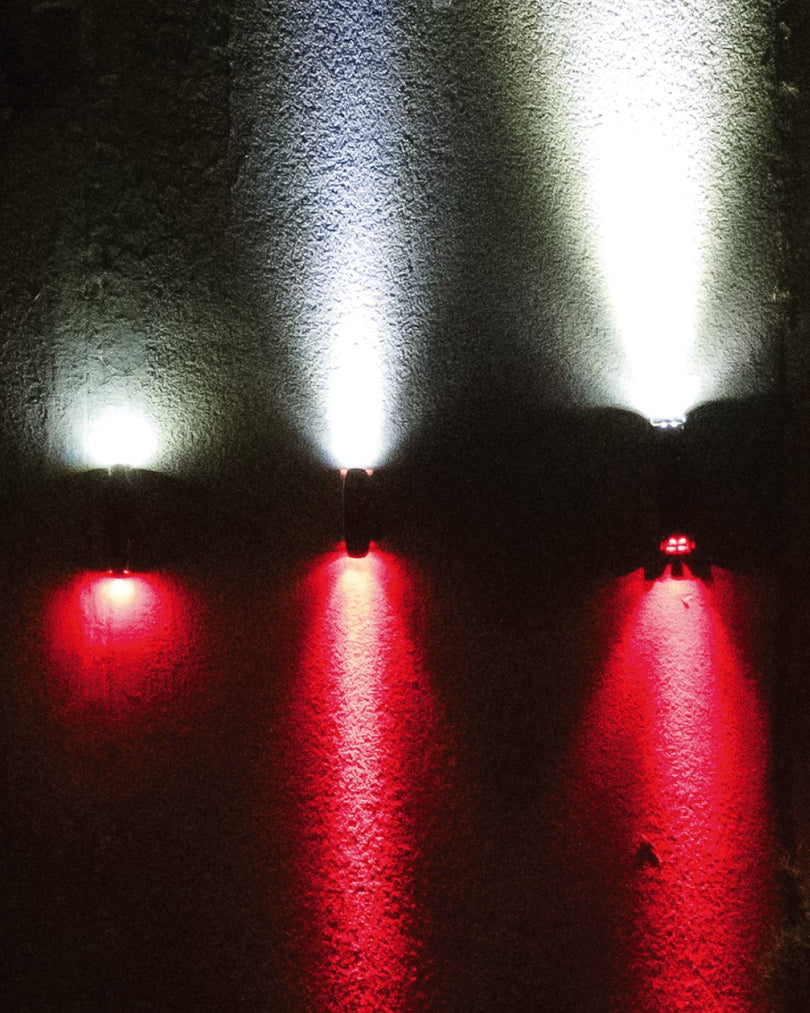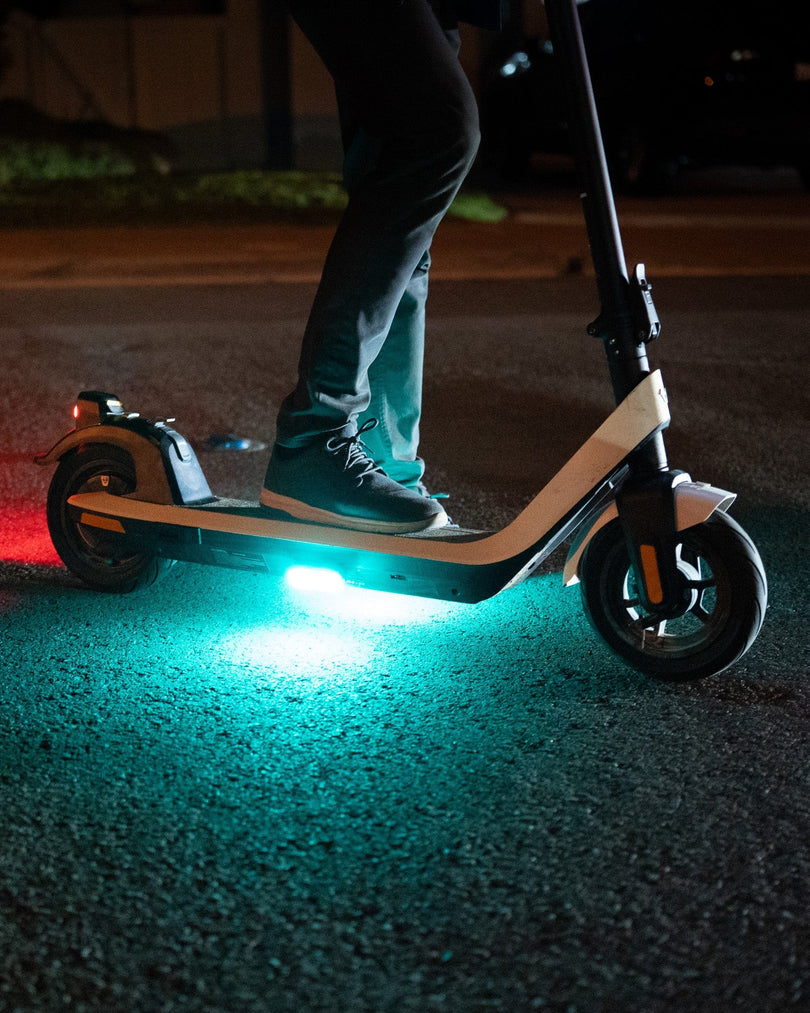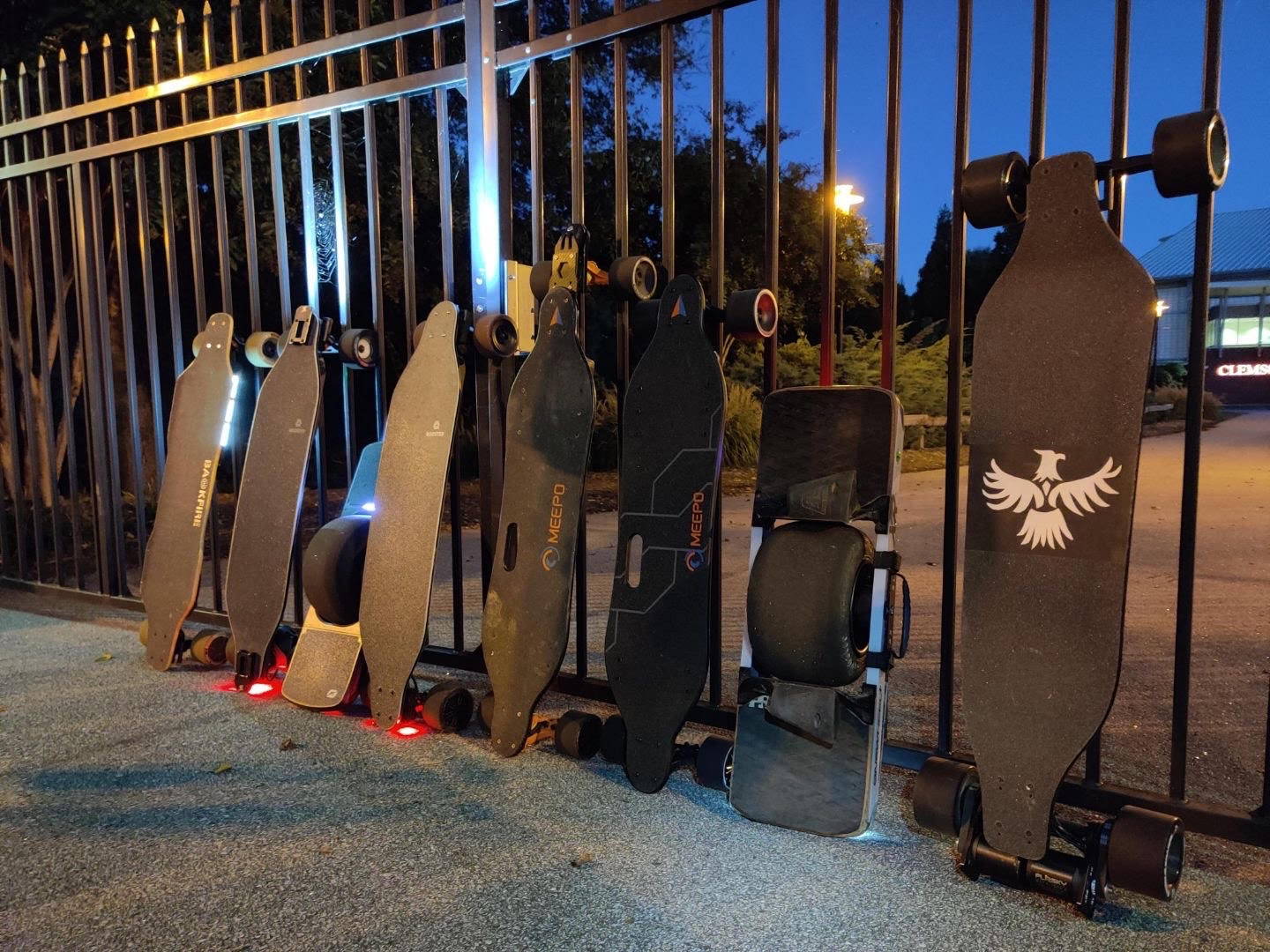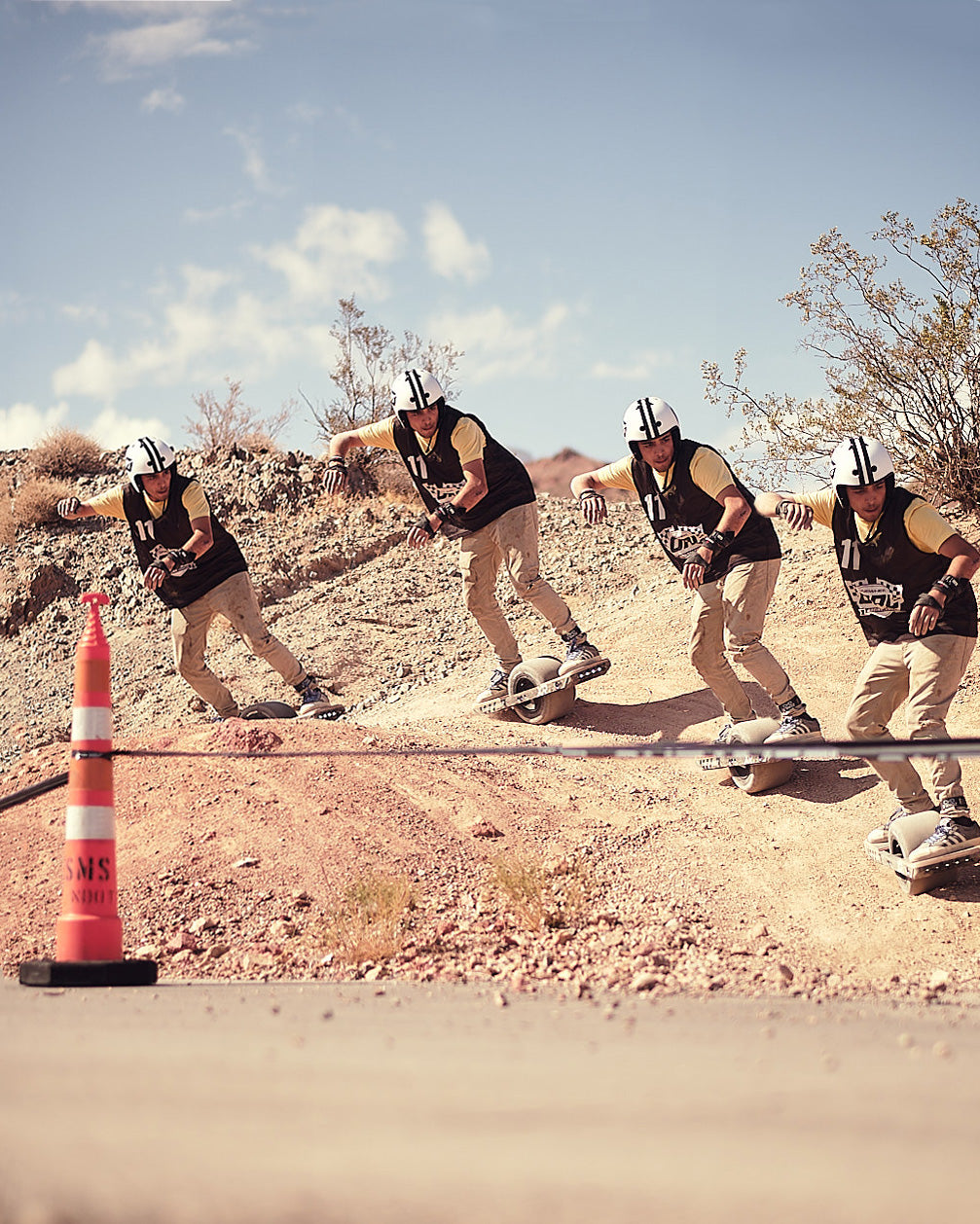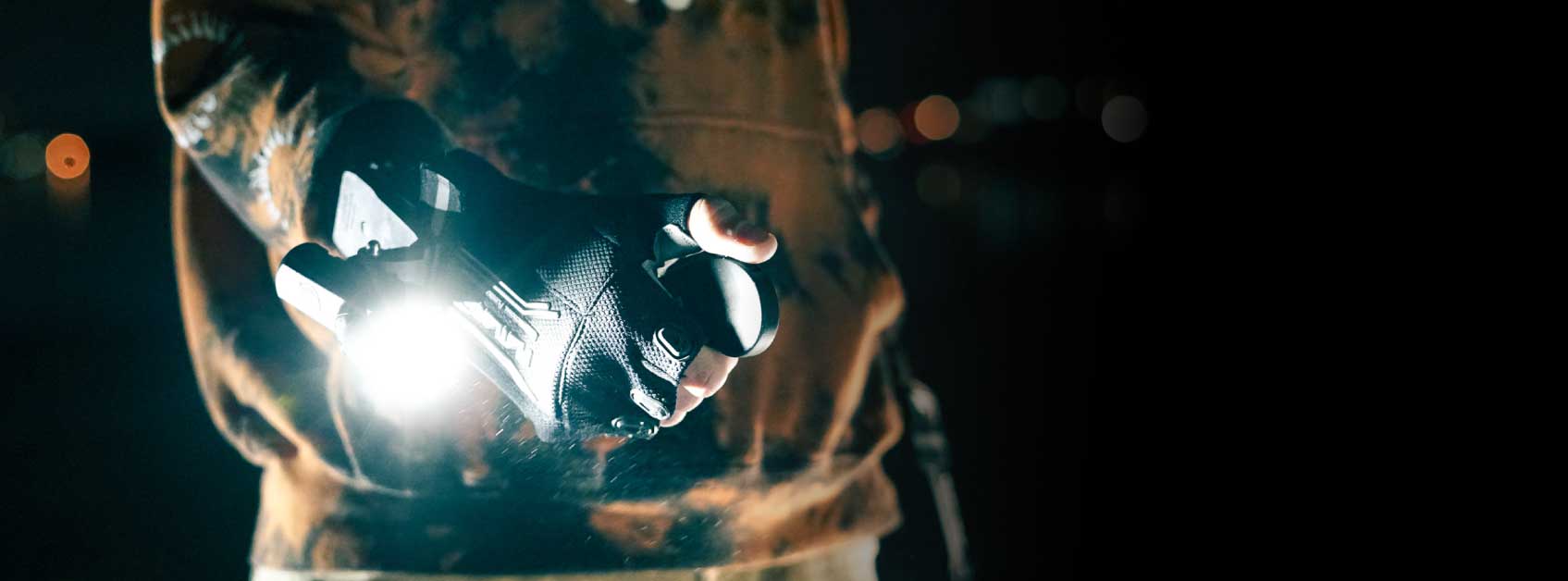Hey there! My name is Ben Case and I am the President of the Clemson Boards Club at Clemson University in South Carolina. My Vice President, Daniel Auber and I have collaborated with ShredLights to bring you this guide on how to start a skateboarding club at your university based on our experiences. Our club has almost 140 members, is fully funded by Clemson University club funding, and (as of April ‘21) is actively partnered with both Shredlights and Arbor Boards.

Even though club operations and activities have been greatly reduced during the last couple of semesters, we wanted to share how we got to where we are today. Our goal is to get more students involved in making and growing skating clubs that are officially recognized by universities. Eventually, it would be great for the clubs to communicate with each other to give advice and share ideas.
Step 1: Starting the club
Start with these simple questions to begin:
- What do you want your club to be called?
- Do you want to have an all encompassing club with all forms of “skating” (i.e. roller skating too) or just activities that involve a board - or even more specifically just an e-board vs traditional push board club.
You can think about this in the background while you work on some of the following steps, it is just exciting to get your mind on the right track.
Most universities have a 6 person club minimum, so check with your specific university policies and start trying to find the required number of people your university requires. Riding around campus often to find other people that ride is the quickest way to get a group together! Another way to attract more riders is to ask a university activities counselor to send out a notice to all students about your club which can help generate interest.
We interviewed the Clemson Boards club founder, William Cooley, and asked him a few frequently asked questions about the club starting process. We asked him what inspired him to start the club and he said he noticed a large number of people skating and hanging out around campus in small groups and wanted to try and connect everyone and grow the community. Will’s biggest obstacle was organizing everyone and finding a way to communicate effectively. His vision for the club was simply a tightly knit group of skaters that would occasionally do group rides. He never envisioned getting thousands of dollars from the university (we’ll get to that in a bit) or having official club sponsors.
Step 2: Establishing Documentation and Bylaws
Most universities will require some documentation before a club can be officially recognized by the school. Clemson required several forms of club ethics, bylaws, and commandments. These are to be written and posted publicly for all members to have access to. It is a good idea to check with the other founding members and make sure everyone agrees on the club policies being drafted.
In these “rules” things should be decided things like:
- How often meetings should be held
- What types of meetings should be held
- How often elections should be held
- What forms of communication the club will use
- Etc.
Step 3: Select Club Positions and Duties
The established positions and roles also need to be decided when writing club bylaws and policies. We suggest starting with the basics; select a President, Vice-President, and Treasurer then add more roles as you grow. Here is a breakdown of Clemson Boards’ officer structure as we near 150 total members:
President: As the president I am the instigator of most club events and most officer meetings. I also send the emails to partnering companies and it is my address that is tied to club operations.
Vice-President: Conveniently the Vice President lives next door to me so he helps me by editing emails or announcements I’ll write. He also runs the club Instagram account.
Treasurer: The treasurer is fairly self explanatory, they’re the person in charge of keeping track of club finances and the leader in the funding request process. For Clemson University, requesting organization funding every year is a large undertaking with many steps- the treasurer should be someone willing to spend many hours working with various staff members of the University.
Event Coordinator: Our event coordinator is a creative individual who will come up with ideas for types of events and bring snacks/waters to all club events.
Secretary: Our Secretary is a new role in our club, he is in charge of documenting who comes to each event. This data is becoming more and more helpful as companies like to see member participation.
General Club Officers: We assigned the club officer role to a handful of individuals who are helpful in the planning and brainstorming steps of various events/policy addendums.
This group of member officers is what we call the “Skating Whitehouse”. We have our own Discord channel and hold regular meetings to discuss, as a group, ways we can improve the organization of the club, publicity ideas, and ride planning.
Step 4: Decide How the Group Communicates
Communication and club member engagement can be one of the trickiest parts about getting a club off of the ground. Finding a good communication platform is tough (we’re even still working through kinks using Discord and a Clemson Student specific platform called “Tiger Quest”).
Discord allows us to have multiple channels for “eboards” or “traditional” or “ride planning” or even our “Skating White House” for the club officers to discuss *behind the scenes plans and events*. Here is a screenshot of what our club Discord looks like.

TigerQuest for Clemson is our university’s organization platform which allows us to send emails to each student member directly. This is particularly helpful if a member isn’t familiar with Discord or has notifications on Discord muted.
Other popular communication platforms include: email, GroupMe, Canvas, Blackboard, and Facebook groups. Any of these will work and it’s really down to seeing what works best with your style of club activity and member participation.
If you plan on having a smaller/more focused club with only Eboards, a simple texting group chat would suffice as it could be used for telling people a time and a place for a group ride. The more complex or large you plan for your club to be, the more helpful an advanced platform like Discord would be.
Beyond communicating times and places, having a central hub for your club allows the most important aspect of a club to flourish: building relationships. Nothing makes friends faster than a shared passion, especially something as intricate and engaging as skating. As a way to connect everyone in the club, your platform can help members get acquainted in person and feel involved in a new community.
Step 5: Setting Up Liability Contracts
Liability contracts are something your University may already have provided/required in the beginning of the creation process. Additional liability contracts may be advised if you have official club-owned-boards for members to ride. There could be cause for concern if a member gets injured while riding a board that is owned by the club. We are currently working on drafting liability release forms for our club members that want to use our club owned boards.
Step 6 (Optional): Getting Funding from your University
This step varies greatly depending on your University and is not necessary for every club considering how time consuming it can be to achieve. If you are interested in getting funding, it’s important to think carefully about what the funds will be used for and why they are required. This will help you locate the best path forward specific to your club.
Some universities support their Independent Student Organizations (ISOs) directly like Clemson does, others don’t. If your university doesn’t, your club will need to be funded by club member dues. We can only speak about what Clemson University’s specific process is. We had to contact the IRS and create an EIN (employee identification number) tied to the treasurer’s social security number. Then we had to make a small business bank account using the EIN number and organization name. Clemson uses two systems called BuyWays and PayModeX. Both of these systems required an assortment of paperwork and information.
Over the last 2 school years, we have been approved for a combined budget of nearly $7,000 to spend on club boards, components, safety equipment, and other various event things. We can create a blog post about how we made our budget in the future!

Step 7: Growing your Club
Once you’ve got some people in your official University recognized club, you’re going to want to grow it as much as you can! We’ve found the best way for us to recruit new members is to get some club members together and go for a group ride around campus. During most of our group rides, we’ve found someone on an E-board or traditional board that we share the club information with and they join our Discord later that day. Recently, with the addition of a club owned Wowgo AT2, our on campus rides have been turning more heads as a large E-board with big tires is generally quite eye-catching.
Joining the Community
Posting on these platforms is a great way to get help, give help, and find ideas for club activities. I personally started posting pictures of the E-boards I’d build on Reddit and now browse through r/ElectricSkateboarding and all the other skateboarding related subreddits looking to help people and get ideas. Once the community of University supported skate clubs grows, we plan on making a subreddit for University clubs for all of us to share ideas.
From everybody in Clemson Boards, we’d like to thank Eric and Shredlights for giving us the opportunity and platform to share our club and how we do things. We are looking forward to future blog posts where we get more into specifics of E-Skating. Follow us on instagram @Clemsonboards to see what we have going on!

